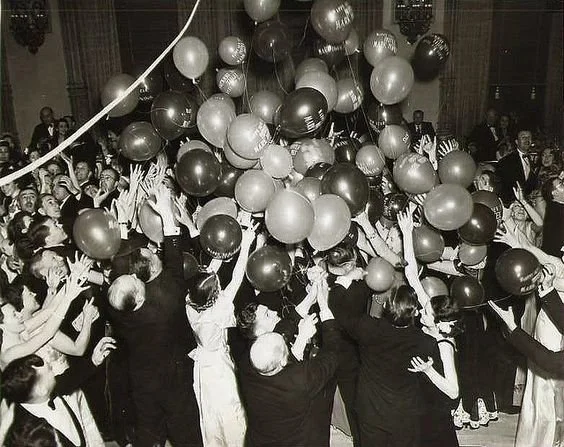Non-fiction books
Image by Patrick Tomasso
As you might imagine, I have read widely while researching this novel, but there are some books that stand out as fascinating explorations of the time period.
If you’re interested in life on the Home Front in Britain during the Second World War, you cannot go wrong with reading either Wartime Britain 1939-1945 by Juliet Gardiner or Millions Like Us: Women’s Lives During the Second World War by Virginia Nicholson. Both offer fascinating insights into the lives of everyday people in Britain during those years and are books I dip back into from time to time as they provide a wealth of information and wonderful stories.
A slightly surprising find was a book I inherited from my grandmother: Bombers and Mash by Raynes Minns. This was published the Past Times, a historical retailer that specialised in books, jewellery and trinkets based on… well… past times. But this book was a mine of information throughout, every page featuring photos and documents. In fact, one of these gave me an idea for a plot point…
I read up widely on social and sexual mores of the time, since relationships are a key part of my story. I find this time period fascinating in that context. As it was pre-1960s and the sexual revolution, there is a tendency to consider the 1940s a strait-laced and prim period, but the Second World War seemed to change much of this, with many suddenly adopting an attitude of “Why wait?” in the face of possible death (fiction books like The Camomile Lawn by Mary Wesley are particularly good at illustrating this sense of Carpe diem, as are many of the diaries and Mass Observation comments from the time). That it all reverted back to primness in the 1950s is another matter, though.
Two books that I immersed in on this topic were Love Sex & War by John Costello and Sex Before the Sexual Revolution: Intimate Life in England 1918-1963 by Simon Szreter and Kate Fisher. The latter is definitely a drier read, but it offers insights not only into what people were getting up to but also what they thought about that -- and, almost more importantly, what they thought about other people who were.
Since my story focuses more on the lives of those who stayed behind, on the home front, I didn’t read as deeply about battles and military operations, except as a way to gain an understanding of what those men might have experienced. However, I would recommend Daniel Todman’s excellent two-book Britain’s War series to learn about all sides of the war.
These recommendations represent just the tip of the iceberg of what there is available about the Second World War. And if you were to press me to recommend just two, they would have to be Wartime Britain 1939-1945 by Juliet Gardiner or Millions Like Us by Virginia Nicholson.




